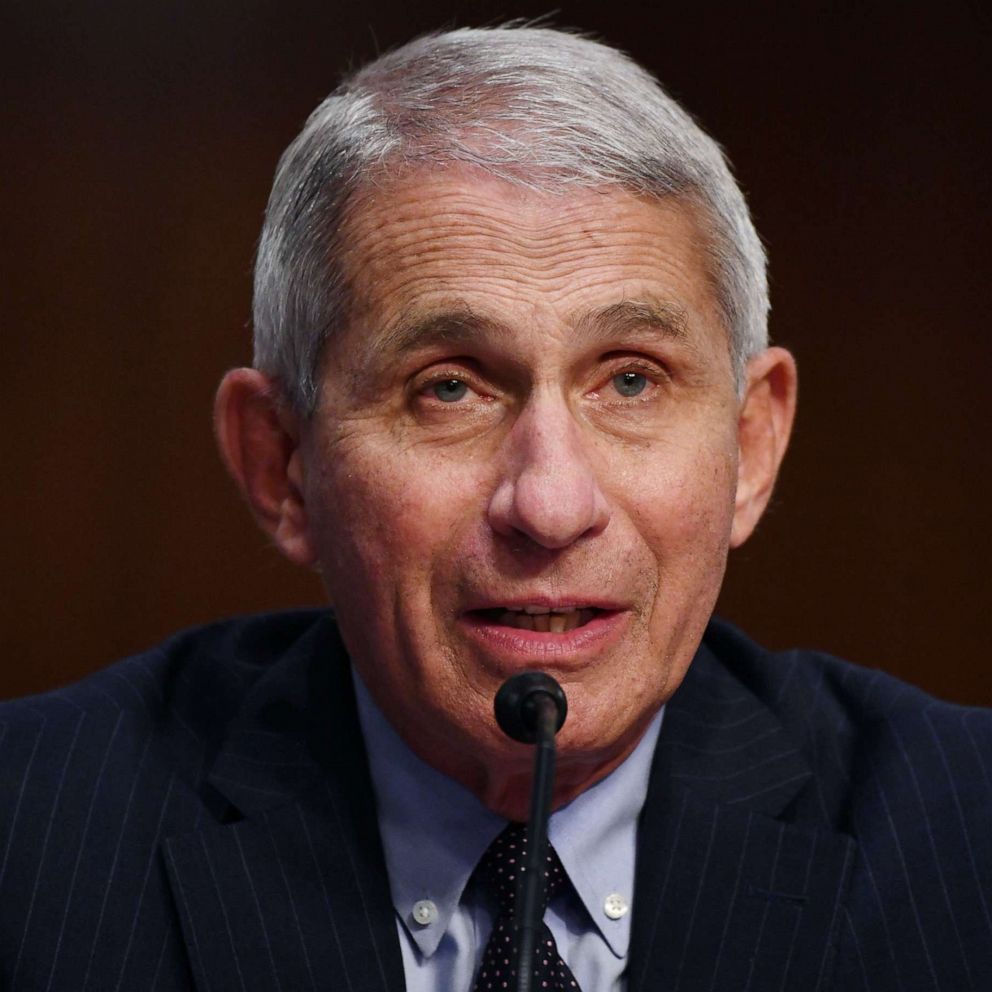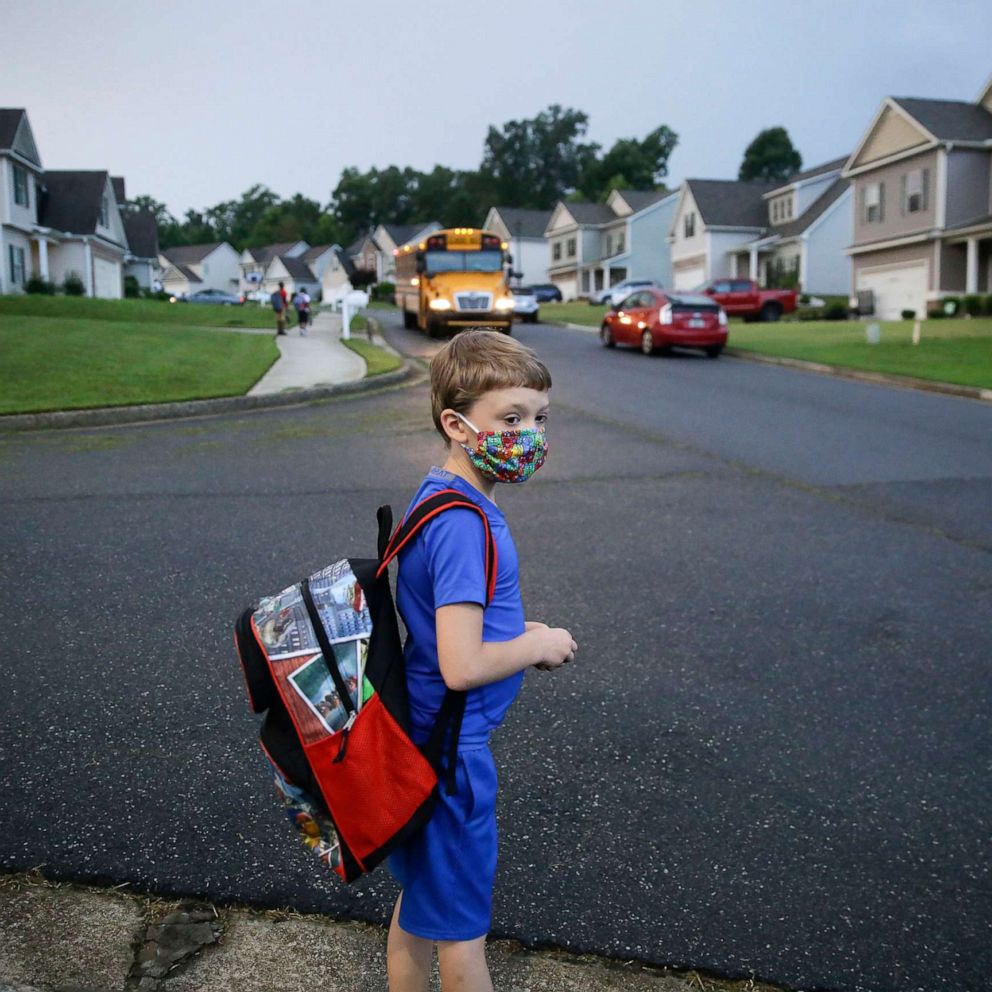How to handle 'mask bullying' when kids go back to school
Expert tips on how to handle a new type of bullying.
Just when you thought sending -- or not sending -- your kids back to school couldn't get anymore complicated, it has.
The threat of "mask bullying" -- kids putting each other down for wearing or not wearing a mask -- was thought to be such a concern that the Centers for Disease Control and Prevention released guidance on the issue this week.
And it turns out the CDC may be right. Georgia state Rep. Beth Moore set up a "whistleblower" email account for people to report school issues related to coronavirus. She's reportedly received hundreds of emails so far, among them, stories of students being bullied for wanting to wear a mask.
"Mask bullying arose as an issue in our current highly politicized environment to rally strength towards a political goal," bullying expert Dr. Joel Haber, the author of "Bullyproof Your Child for Life" and a counselor for the organization Respect U, told "Good Morning America."
Any form of bullying, about masks or anything else, has the potential to negatively affect the school year and learning, "since social humiliation or bullying will reduce opportunities for learning for children who are targeted," Haber said.
The CDC says on its web site, "Stigma, discrimination, or bullying may arise due to wearing or not wearing a cloth face covering. Schools should have a plan to prevent and address harmful or inappropriate behavior. Not all families will agree with school policies about cloth face coverings. Schools should have a plan to address challenges that may arise and refer parents, caregivers, and guardians to CDC’s guidance on cloth face coverings."
The CDC's guidelines on masks for school-age children can be found here.
"Depending on the age of children, and their exposure to the political viewpoints promulgated by their parents, children will usually support the power message of their parents: either wear or not wear a mask as a representation of their political beliefs versus scientific data," Haber told "GMA."
Mask bullying differs from other types of bullying, Haber said, because "this arose as a response to political differences, versus dominance and power dynamics associated with popularity for children."
Among the CDC's recommendations:






